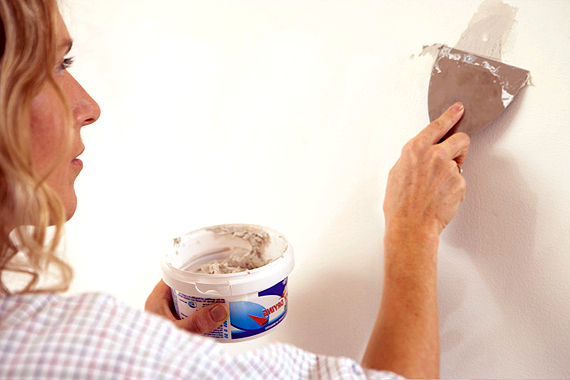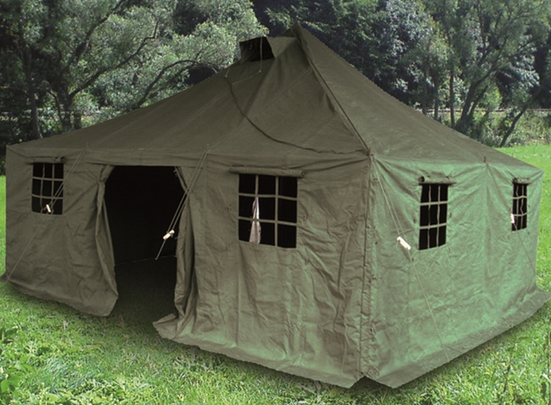Many of us have probably used an extension ladder at one point or another, whether it was to clean out the gutters or to paint the walls. There's something reassuring about climbing up and feeling like you're getting a better view, but at the same time, you can't help but feel a little nervous. The fact is, these ladders are dangerous, and many people don't realize how vulnerable they really are. That's not to say that they shouldn't be used—they certainly should be—but as with any power tool or piece of equipment, they need to be used properly in order to avoid serious injury.
Ladders are designed with four rungs and a top platform for standing on. This design makes them inherently unstable when used in ways other than their intended purpose. When climbing higher than 10 feet, for example, standing on only three rungs leaves no room for error if the ladder starts to tip. Even if you use all four rungs and stand on the top platform to get even higher, you're still taking your life into your own hands every time you climb up. Extension ladders are even more unstable because they extend away from the wall at a 90-degree angle.
Here are some tips to ensure your safety when you use an extension ladder:
1. Choose the Right Ladder:
Picking the right ladder to do your holiday decorating may not seem as important a decision as, say, picking the right person to marry. But it's just as wise to do your research and ensure you have everything you need before you start a new project—especially if that project is going to involve working at heights.
For starters, consider where you're going to be working. Make sure you have enough room for the ladder and that there isn't anything behind you that could get damaged if you accidentally lean past the end of the ladder. Think about what obstacles might be in your way while you're working—pets, children, electrical wires, and other people who might want to get in your way and make your trip.
Now that you've picked a location, find out what kind of support it has. The first thing is to find out what kind of surface the ladder will be leaning on. If it isn't on a wall or other vertical support, it will need to stand on its own four feet. If it's supported by a wall or another vertical object, it needs to have an anti-slip surface, so it doesn't slide down or slip off its base when extended.
2. Set the Ladder Up Properly:
The 4:1 ratio is important because it ensures that the ladder has enough surface area against the structure to remain stable. If you have a long enough ladder, you don't even need to set it up at a slant—you can just lean it against the side of the house with one long side flat against the wall and the other on the ground. However, if your ladder won't reach or you can't rely on gravity to keep one of those sides down, then you'll want to set it up at a 4:1 ratio.
If you don't have a long ladder, you may need more than just one to reach what you're trying to get up onto. But even if you do, it's best to set them up in opposite directions—one at a 90-degree angle to the other. This is known as "stacking" ladders and will keep them from wobbling too much as you climb. It also means that each ladder will support more of your weight than they would if they were standing side by side, making it safer for you and less likely for them to tip over.
3. Use it properly:
You are doing it wrong. I know it's easy to get distracted when you're on a ladder. There are so many things to look at when you're high above the ground: the sky, the trees, and the cars driving by, anything but the ladder itself. But there are much better ways to climb a ladder than facing away from it and hoping for the best.
When climbing a ladder, focus on the task at hand. Stay alert and maintain three points of contact with the ladder at all times. You can do this by keeping both feet and one hand on the ladder as you reach up for the next rung or both hands and one foot on the ladder as you step up (this is how most people already climb a ladder). The key to this is to make sure you are not carrying anything. If you need tools with you, have them on a tool belt or vest that can hold them securely near where they are needed – not in your arms where they could become dangerous flying implements should an accident occur.
When you're climbing up a ladder, it's easy to forget the dangers of the tool you're holding. In many cases, a ladder is treated as though it's no different from walking down a flight of stairs—something we've been doing since we were kids and something we've become so accustomed to that we don't think twice about it. But just like staircases, ladders have their own set of rules for how they should be used.
From the perspective of your body, being at the top of a ladder is much different than being on level ground. Because most ladders are only one step or two above the ground, your center of gravity is drastically higher than normal. This means that even a small slip can suddenly cause you to lose control and fall off the ladder. The higher you climb, the more dramatic this effect becomes.
The most common problems people have with ladders are related to not using them properly: standing too close to the ladder when moving up or down, standing on both sides of the steps at once and stepping off without looking first, or reaching too far past the side railing while working on something (which can cause you to lose balance if you lean in any direction). Always remember: when it comes to ladders, safety first.









